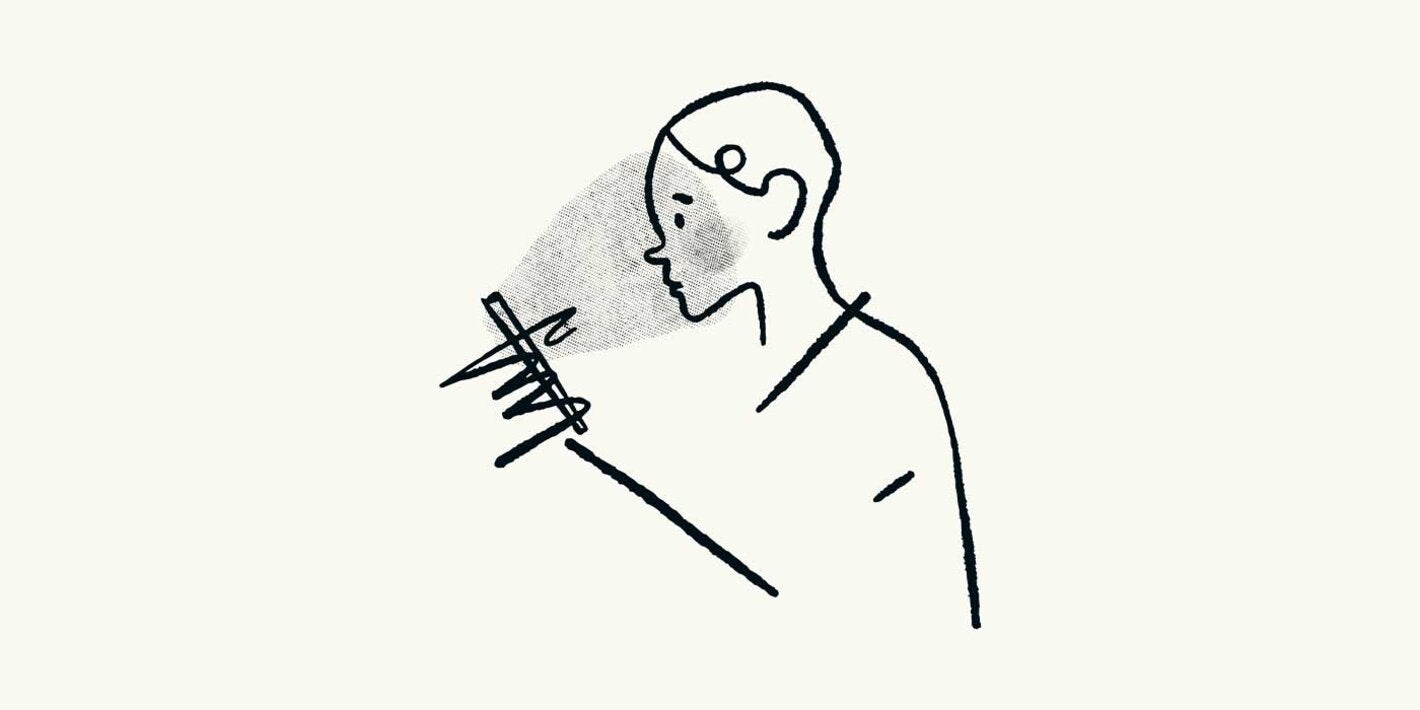
An expected behavior during the COVID-19 pandemic is the increase in access and use of social media by all age groups and segments of society. If, before social isolation measures, it was common to observe people at any time with their attention focused on the screen of their smartphones, from a distance, this habit increased considerably.
The use of social networks has several objectives, including entertainment, communication between family, professional or social groups, and especially the search for information. A recognized challenge with this pandemic is the rapid dissemination of false information, so-called “fake news”, which are of concern to the authorities, especially in the health field, for disseminating false treatments, medicines and promising cures, but which are nothing but traps. During the COVID-19 pandemic, the World Health Organization (WHO) recognizes the main role of the media, calling excess information – not always reliable, an 'infodemic' – an information pandemic, where it is difficult for people to recognize authorized resources and reliable guidance when they need it.
At international agencies like the WHO, including the Pan American Health Organization (PAHO), the United Nations, Ministries of Health, and scientific associations and societies, among others, have dedicated pages on their websites and social networks to COVID-19 with reliable information, backed by scientific evidence and the opinion of experts around the world to inform and guide health professionals, educators, managers and decision makers on best practices and the latest developments in the pandemic, within the scope of their actions.
In addition, social media platforms have created partnerships to provide quality information. Facebook now has a guide for the COVID-19 information center, Google Scholar presents on its homepage options to search for scientific articles about the pandemic in the most renowned international journals, in the medRxiv preprint repositories and on the United States Center for Disease Control and Prevention page (CDC); Whatsapp launched a feature to stay connected during the pandemic with reliable information. Twitter, in turn, when showing results with the hashtag #COVID19 made in Brazil, suggests and displays the link to the Ministry of Health website.
These initiatives also aim to run campaigns to wash hands, stay at home, how to use face masks correctly, what to do if you have symptoms of COVID-19, when to seek a health service, the special care we should have with the elderly, pregnant women and children, etc. By sharing qualified information and campaigns such as those mentioned with personal contact networks, everyone is contributing to authorities and society to reduce contagion and avoid overloading health services.
The Latin American Health Sciences Information Center - BIREME, which is part of the PAHO / WHO Department of Evidence and Intelligence for Action in Health, in its mission to contribute to health development through the democratization of access, publication and use of scientific information, knowledge and evidence, maintains pages on social networks where it publishes technical cooperation activities, product and service launches and updates, among others. In the last 30 days, however, the focus of publications on Facebook and Twitter has been COVID-19 also sharing news published on the Social Networks of WHO, PAHO and at the national level in Brazil, also from UN Brazil, the Ministry of Health, PAHO Brazil and PANAFTOSA.
On its Facebook page, in the last 30 days (22/03 to 22/04), BIREME published and/or shared 52 posts, which had 679 pageviews, 1,897 engagements with the publication, and 8,016 people reached. Among these, those that had the greatest reach are: the news of the Virtual Health Library’s 22nd year celebration on March 27, with 1,138 people reached; the launch of the PAHO/WHO COVID-19 evidence database, on April 4, with 1,066 people reached; the launch of the Window of Knowledge on COVID-19, on March 19, with 2,291 people reached; and the post that brings together the most recommended sources of scientific and technical information about COVID-19, on March 30, with 3,145 people reached.
On its Twitter profile, BIREME published or retweeted 29 tweets in the last 28 days, which motivated 1,252 visits to the profile and 61,900 impressions and 36 mentions. In April, the most prominent tweet was a live video by PAHO/WHO Deputy Director, Dr Jarbas Barbosa da Silva, on the use of masks during COVID-19, which yielded 14,400 impressions. The most prominent media tweet was the launch of PAHO's evidence database on COVID-19, with 10,200 impressions. In the month of March, the top tweet was about the Window of Knowledge on COVID-19, with 25,800 impressions, and the top media tweet was the note on the course for Prevention and control of infections caused by COVID-19 available at the Public Health Virtual Campus, with 18,500 impressions.
According to Dr Lilian Calò, Scholarly and Institutional Coordinator at BIREME, “these results reaffirm the prominent role that social networks currently play – especially during the COVID-19 pandemic – in disseminating qualified content, from nationally and internationally accredited sources to all audiences, with the purpose of disseminating actions and attitudes that result in better living and health conditions”.



